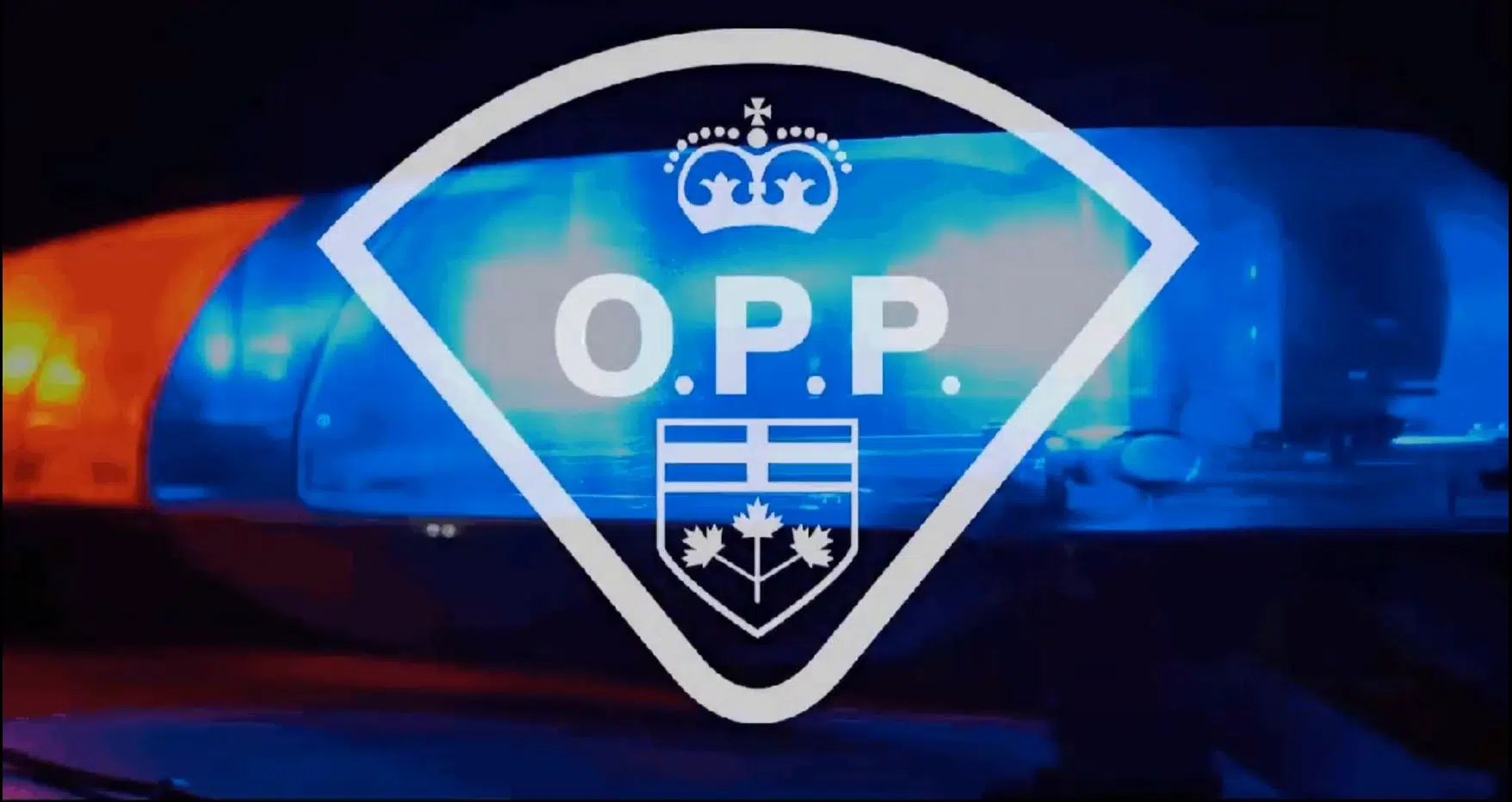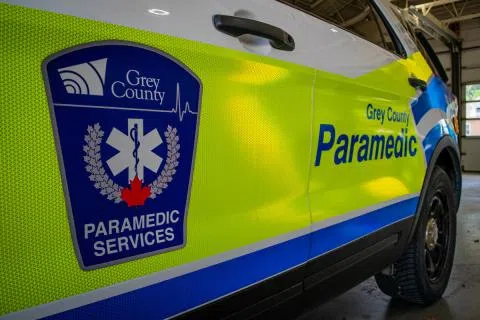Owen Sound council has sent the city’s 2022 budget back to staff to find about $90,000 in further cost savings after the final combined increase brought forward for approval was higher than what was projected at the conclusion of budget deliberations.
Council approved a motion in a 6-2 vote at its meeting on Monday to direct staff to bring back a revised 2022 budget reflecting a 2.51 per cent increase – which is the hike councillors endorsed when budget talks wrapped up on Dec. 1, 2021.
The combined rate increase brought forward to council on Monday was 2.72 per cent, according to a report by the city’s Director of Corporate Services Kate Allan. That would have cost the average assessed household ($235,000) an additional $112 on annual tax bills.
A budget presentation to council explained the higher levy increase from December’s final budget meeting was due to insurance renewal costs.
Owen Sound’s total proposed 2022 operating budget is over $39.9-million. The capital spending plan is more than $15.5-million.
The adopted motion to send the budget back to staff to re-work came after a lengthy discussion among councillors about taxes in the city. It started with commentary from Coun. Brock Hamley. He said would not support the budget because Owen Sound needs to “fundamentally change who we are as a city.”
Hamley then referred to data from a 2021 BMA Municipal Study shared with council in December that estimated average household income in Owen Sound at just over $75,000 — the fifth-lowest among 114 Ontario municipalities included in the report.
The median household income for all Grey Bruce municipalities in the BMA Study was around $94,000. The Town of the Blue Mountains topped the list at over $146,000.
The BMA study also found Owen Sound had the third highest tax rate as a percentage of household income in 2021 (five per cent), trailing only Orillia (5.1 per cent) and Gravenhurst (5.7 per cent).
Among Grey Bruce municipalities, Owen Sound’s annual property taxes were the highest by a wide margin at $4,103 for the average assessment in 2021. Second on the BMA list was Kincardine at $3,280 annually.
“We talk about police and fire services and we talk about this principle of a community’s ability to pay. But then when we get to our own budget we completely forget about that and continue on the same path. When the reality is we ask our residents to pay too much, and they often don’t make enough to pay for it,” Hamley said. “While I respect the work that’s been done so far, I think this budget falls short of what we need to do to create a livable and affordable Owen Sound.”
Coun. John Tamming was among those who voted against the motion to send the budget back to staff to find savings to get back to a 2.51 per cent combined increase. He expressed a desire to move a different motion to have staff show council what a zero per cent tax increase would look like. It did not come forward for a vote as council already reached a resolution.
“I think we’ve been functioning as a medium-sized city and there may be things we can’t do anymore. We only have the tax base for a large town,” Tamming explained. “We need action on taxes now. The spread between ourselves and our neighbours has to be narrowed now, not tomorrow.”
Owen Sound Mayor Ian Boddy said the city is not growing at the same rate as others that are able to use new assessment growth to increase spending.
The 2021 BMA Study Report included Statistics Canada population data for Owen Sound from 2006 to 2016. Population growth was stagnant during that period – 21,753 in 2006, 21,341 in 2016. An estimate for 2021 included in the study pegged the city’s population at 21, 891.
Boddy said the city needs to have a plan to attract jobs and industry to grow its tax base.
“We have to find a way to start to build our city and attract taxes,” the Mayor said. “I’ve been saying it for years. It isn’t happening. I’m frustrated.”













